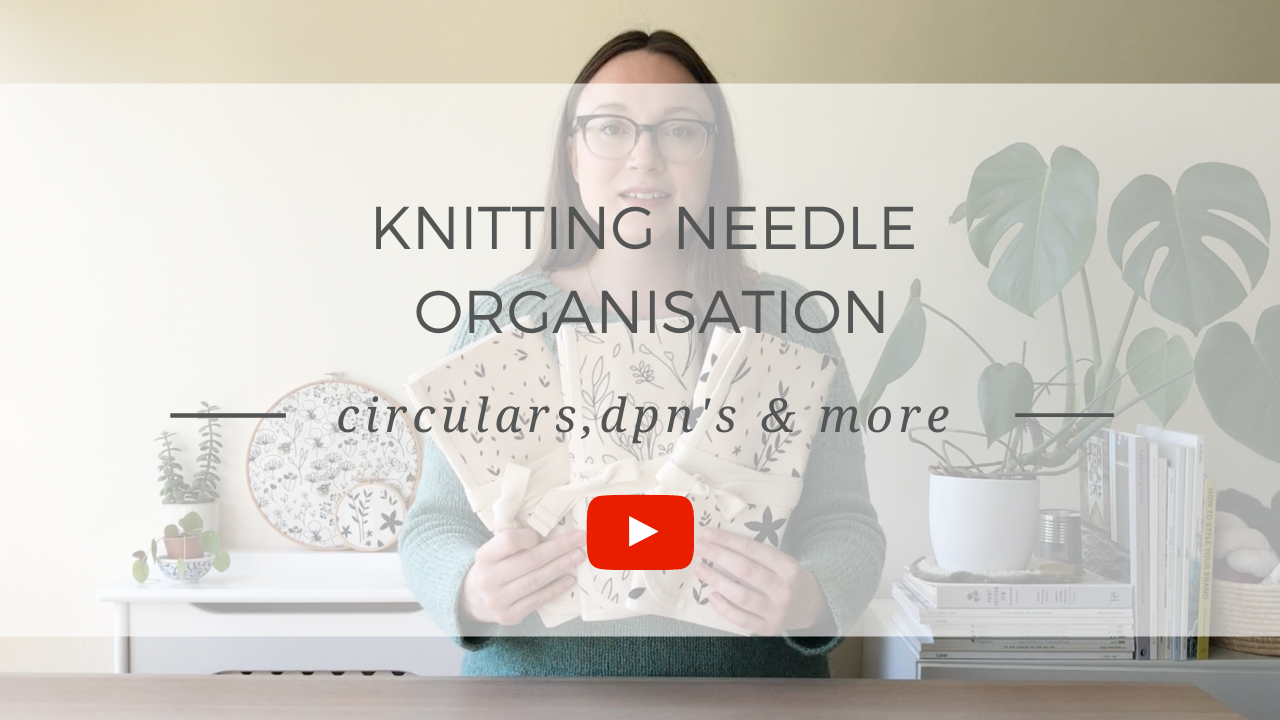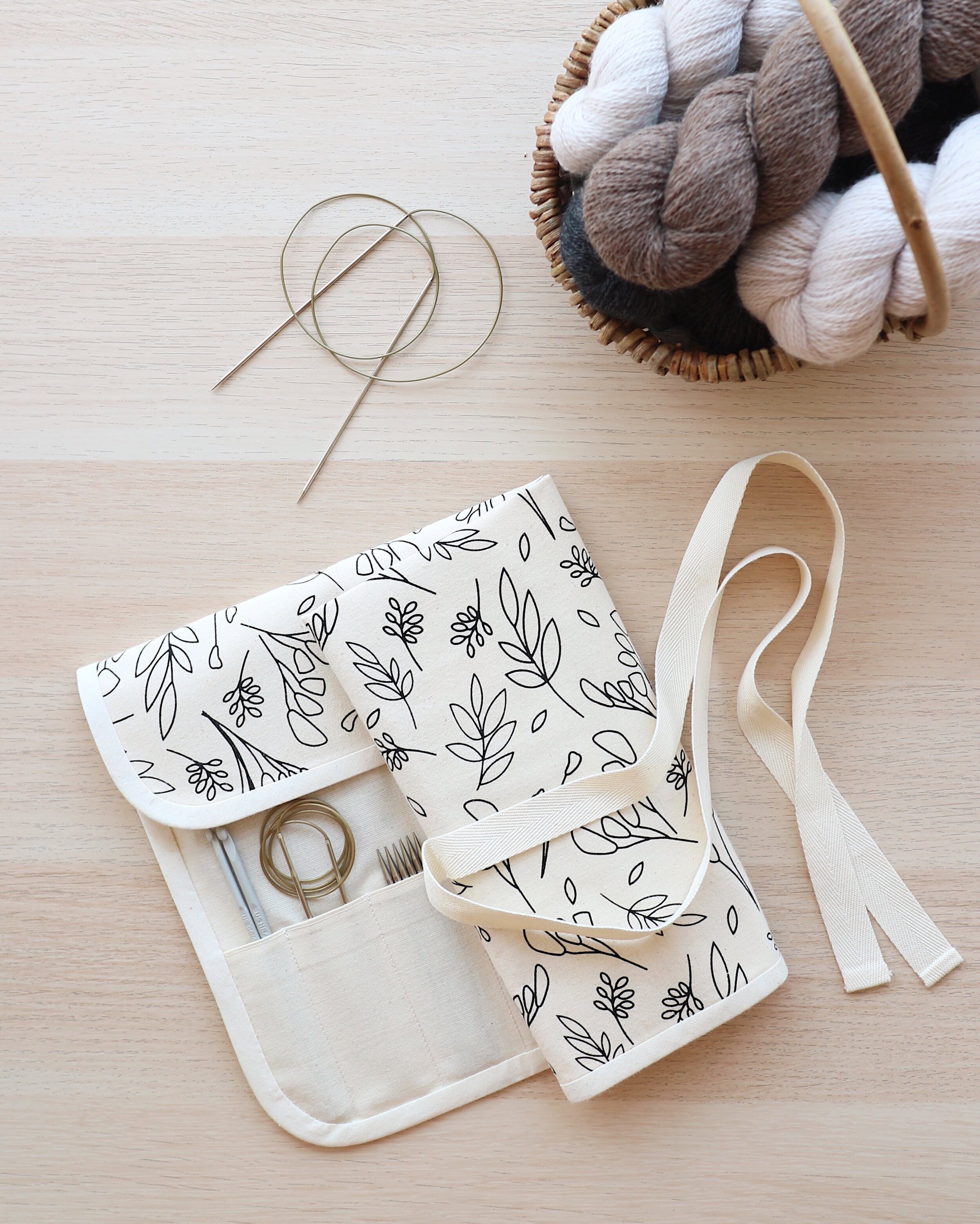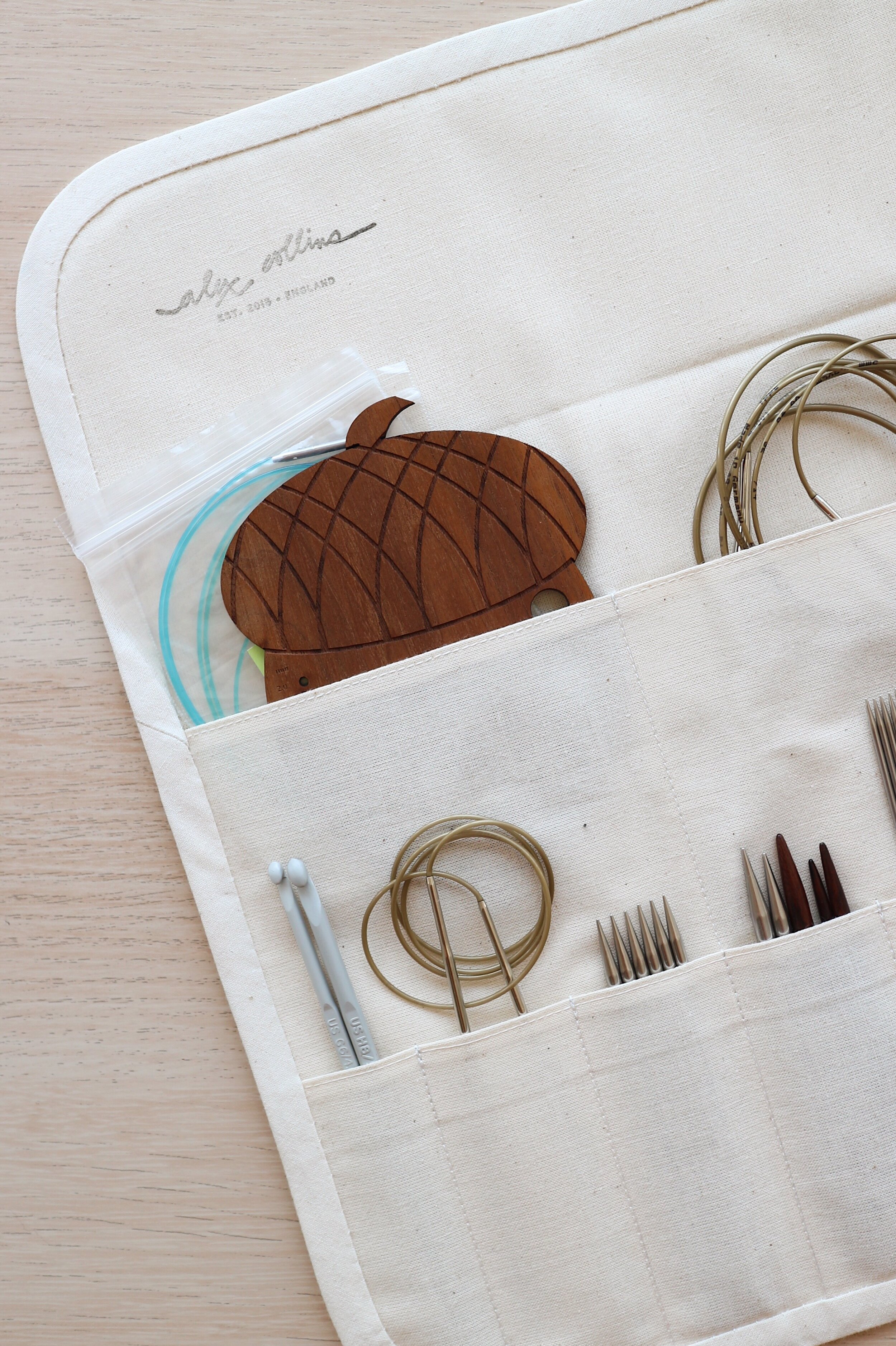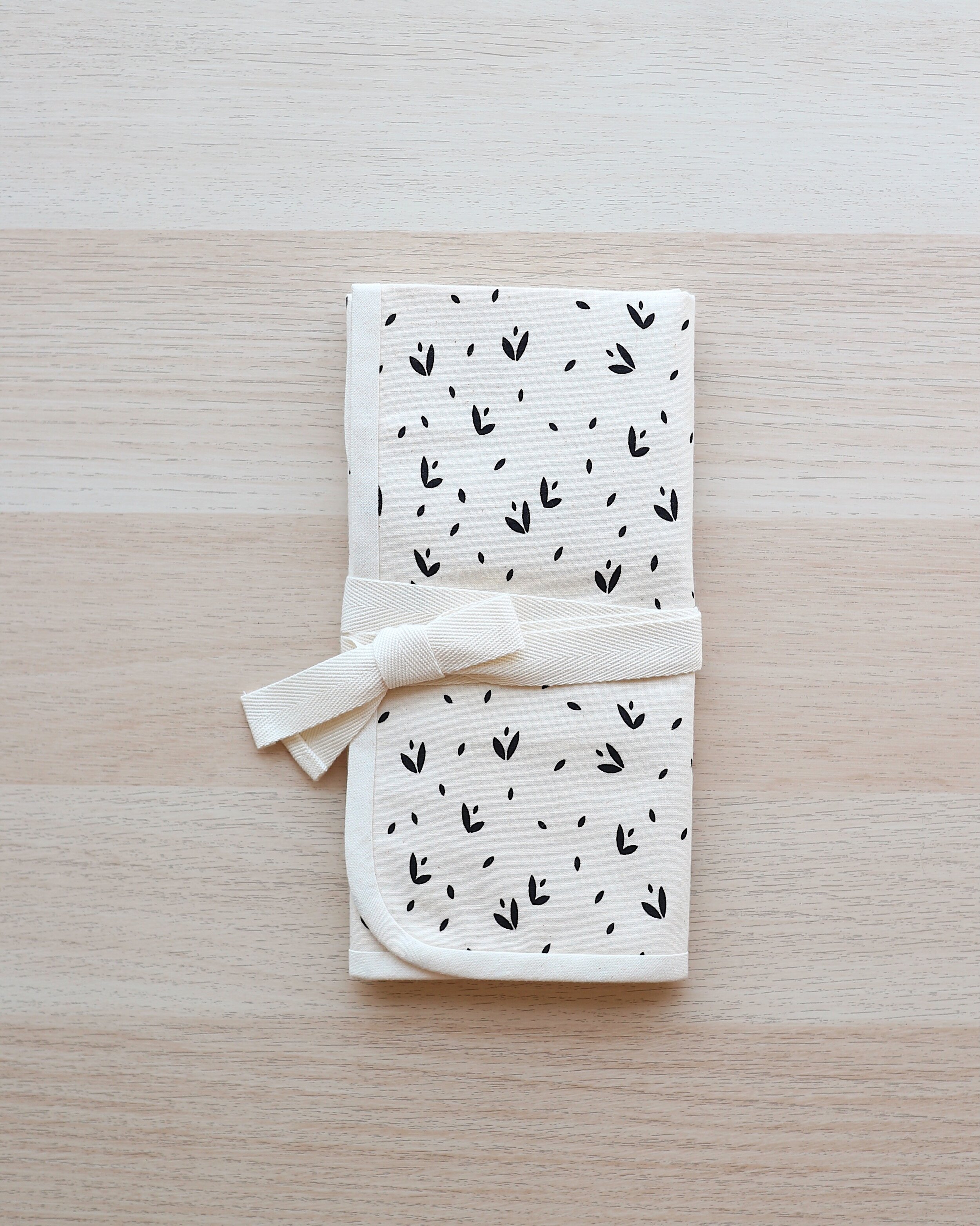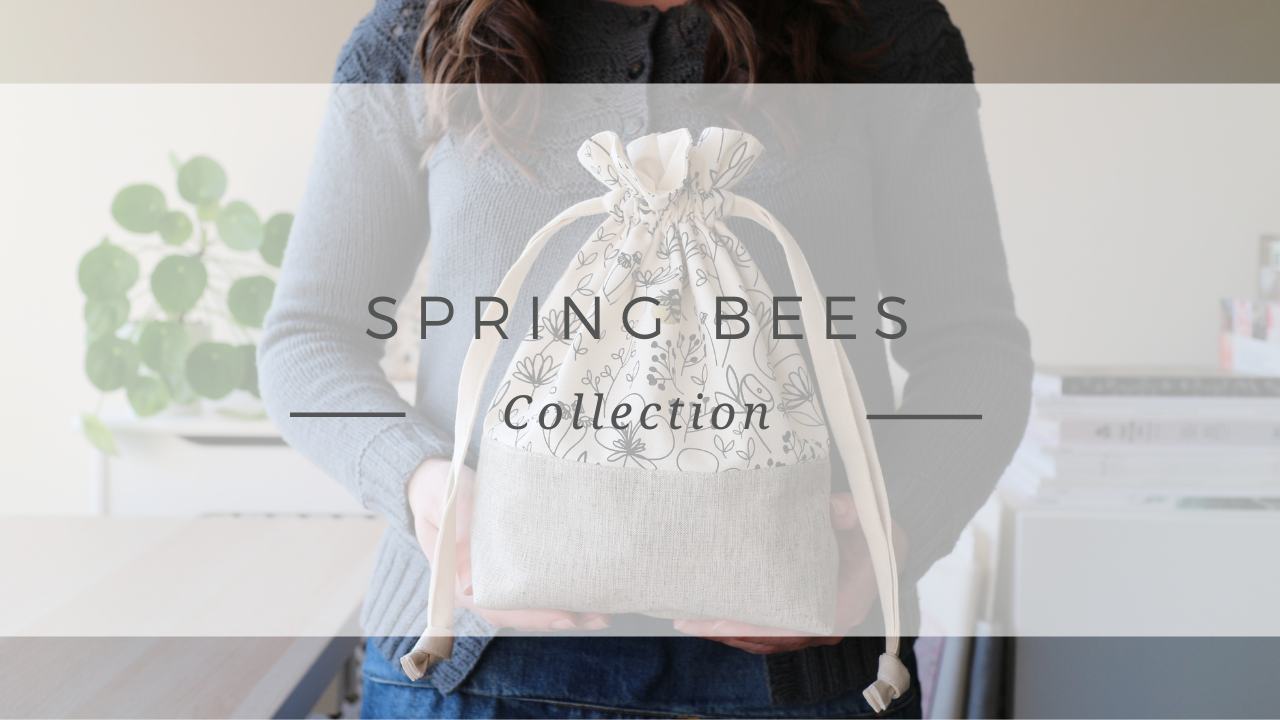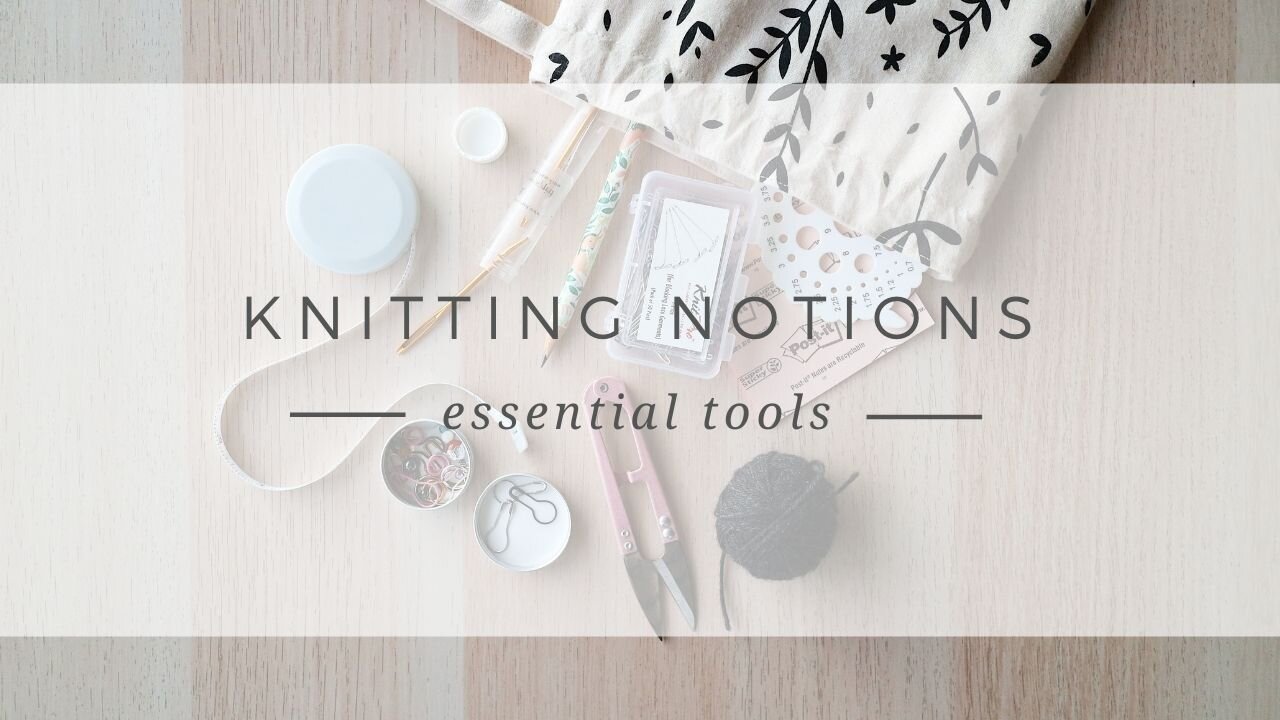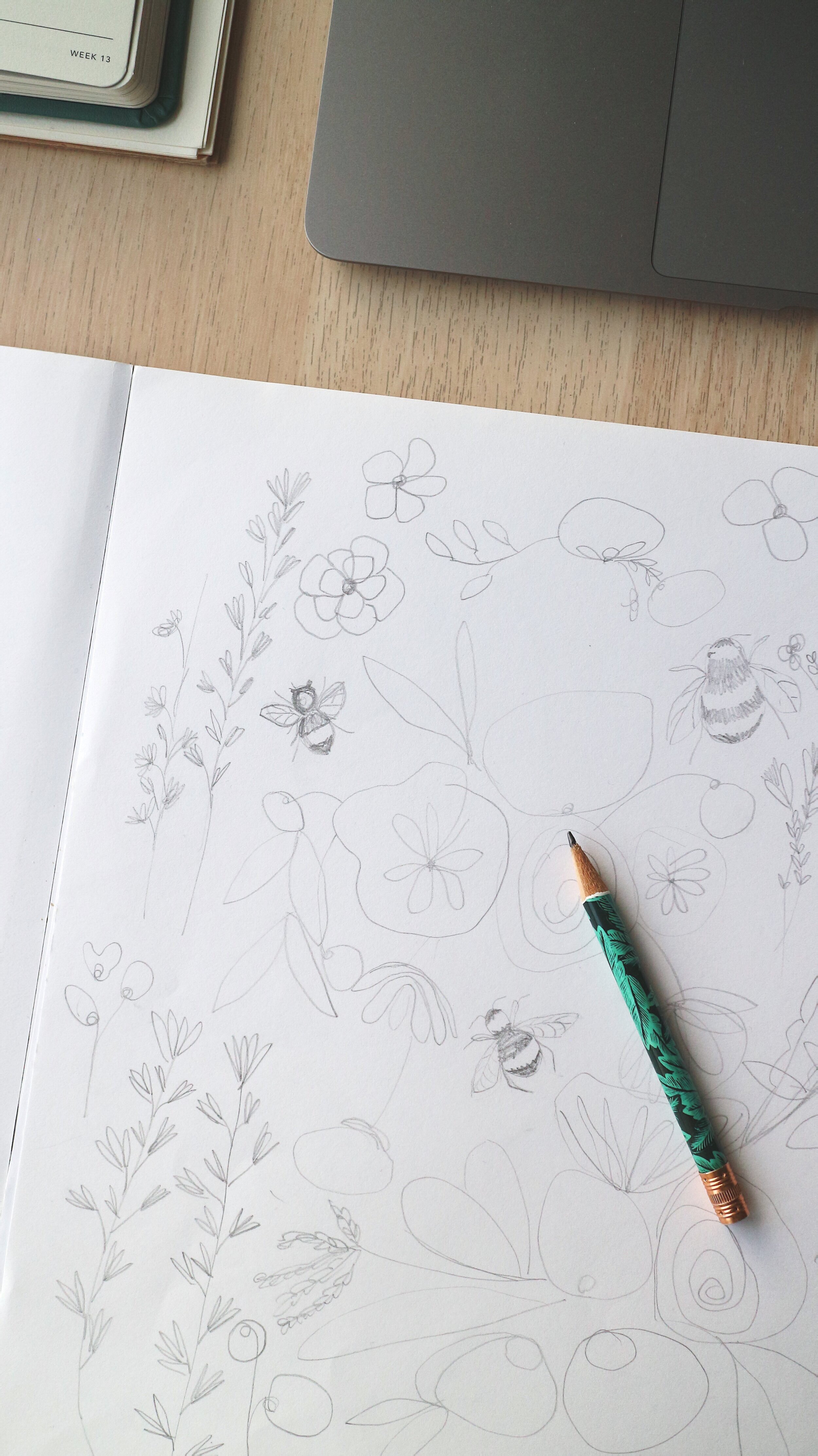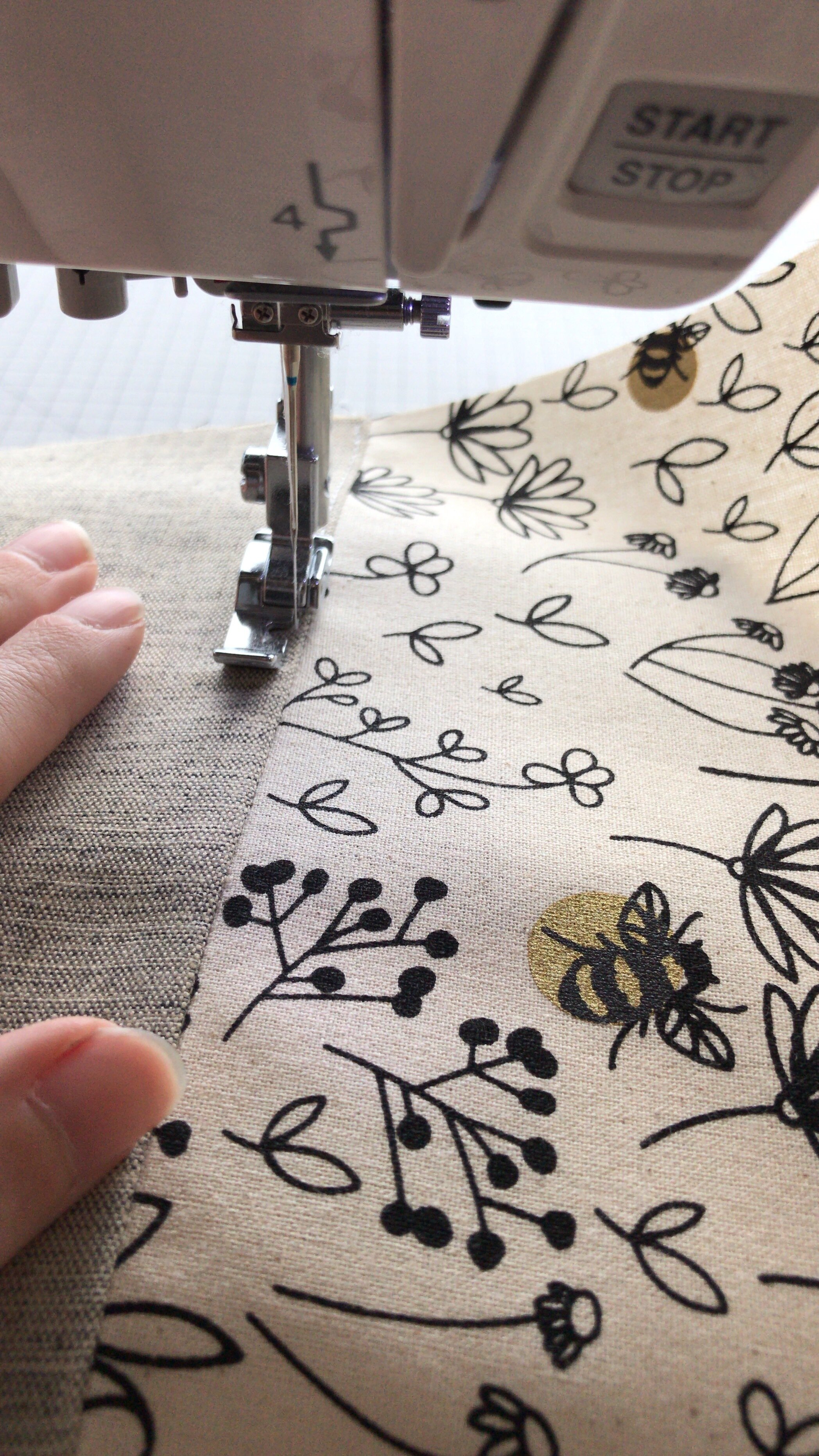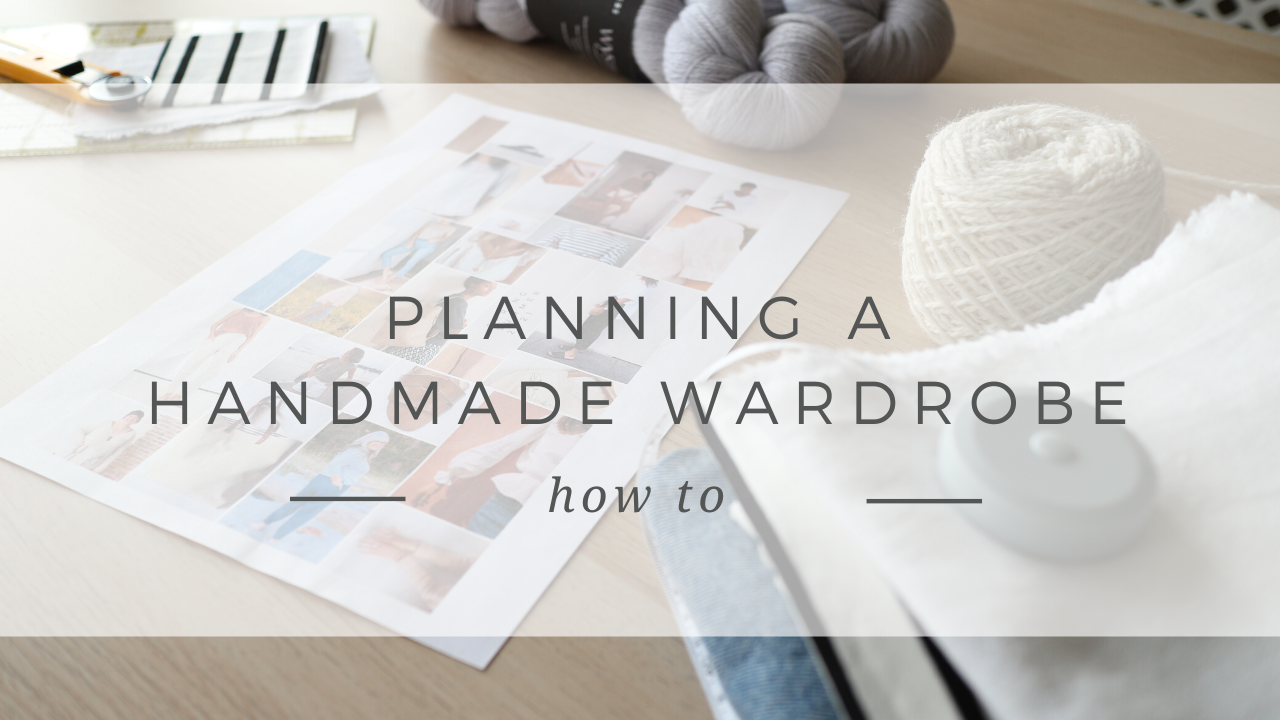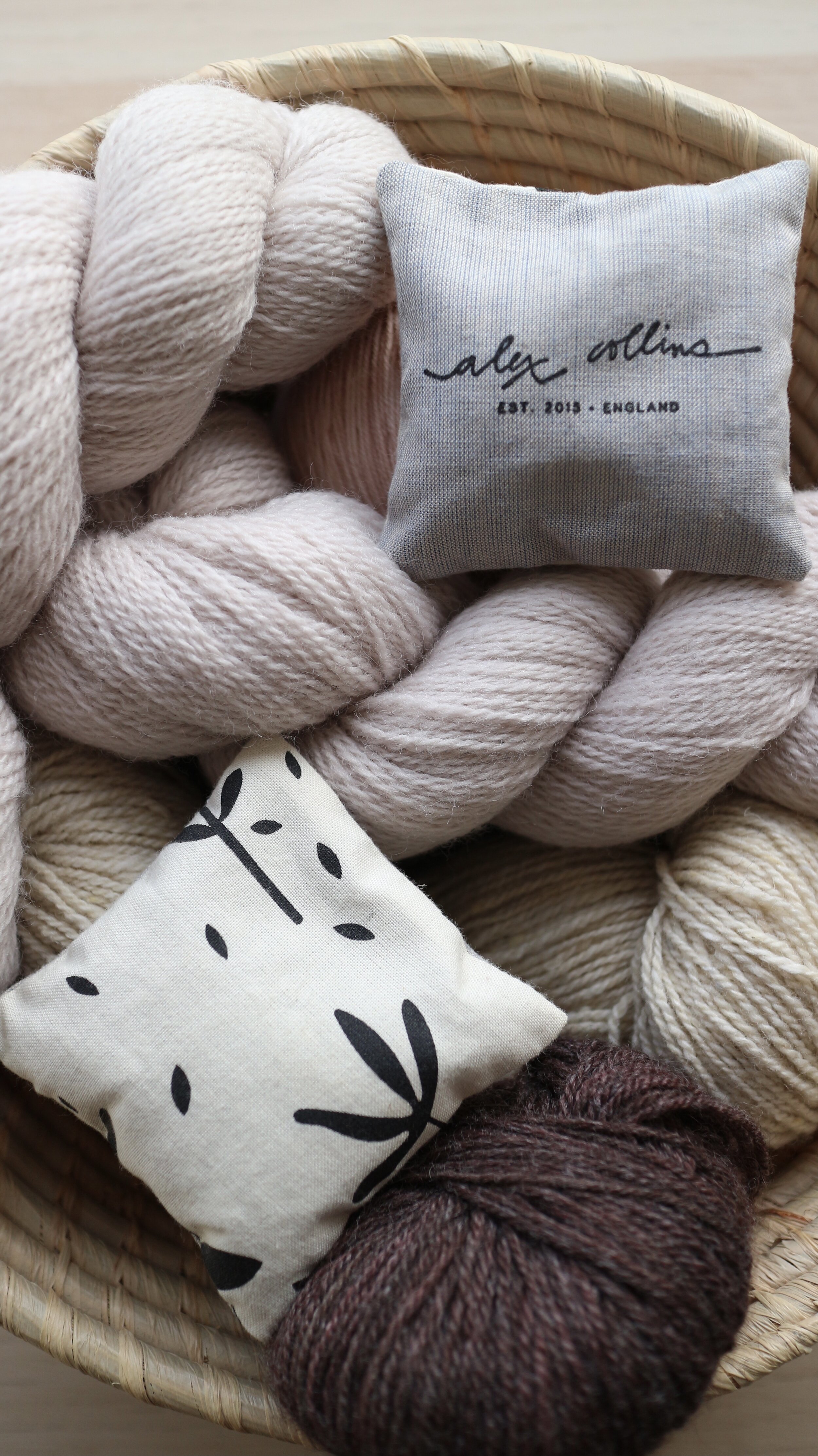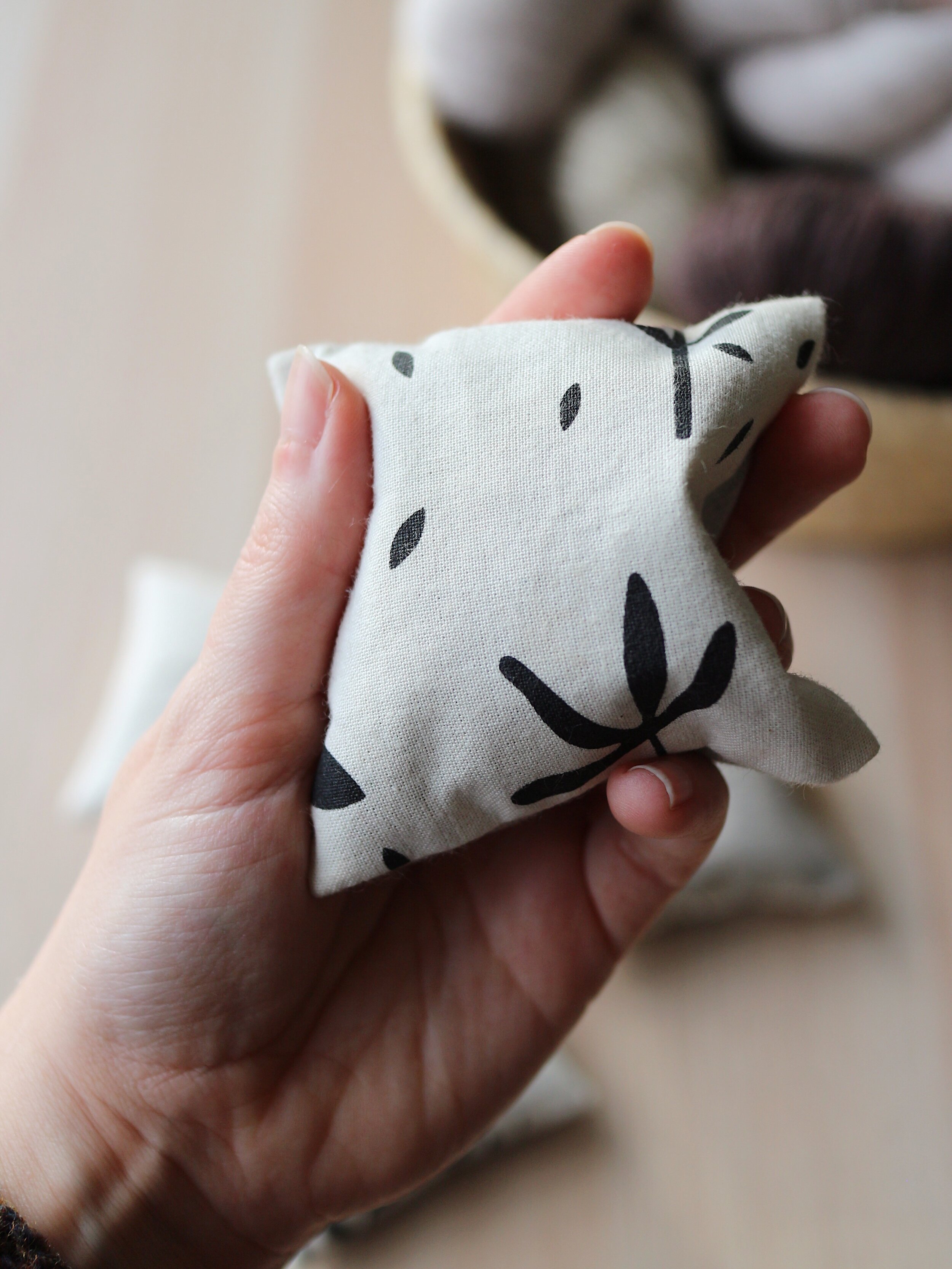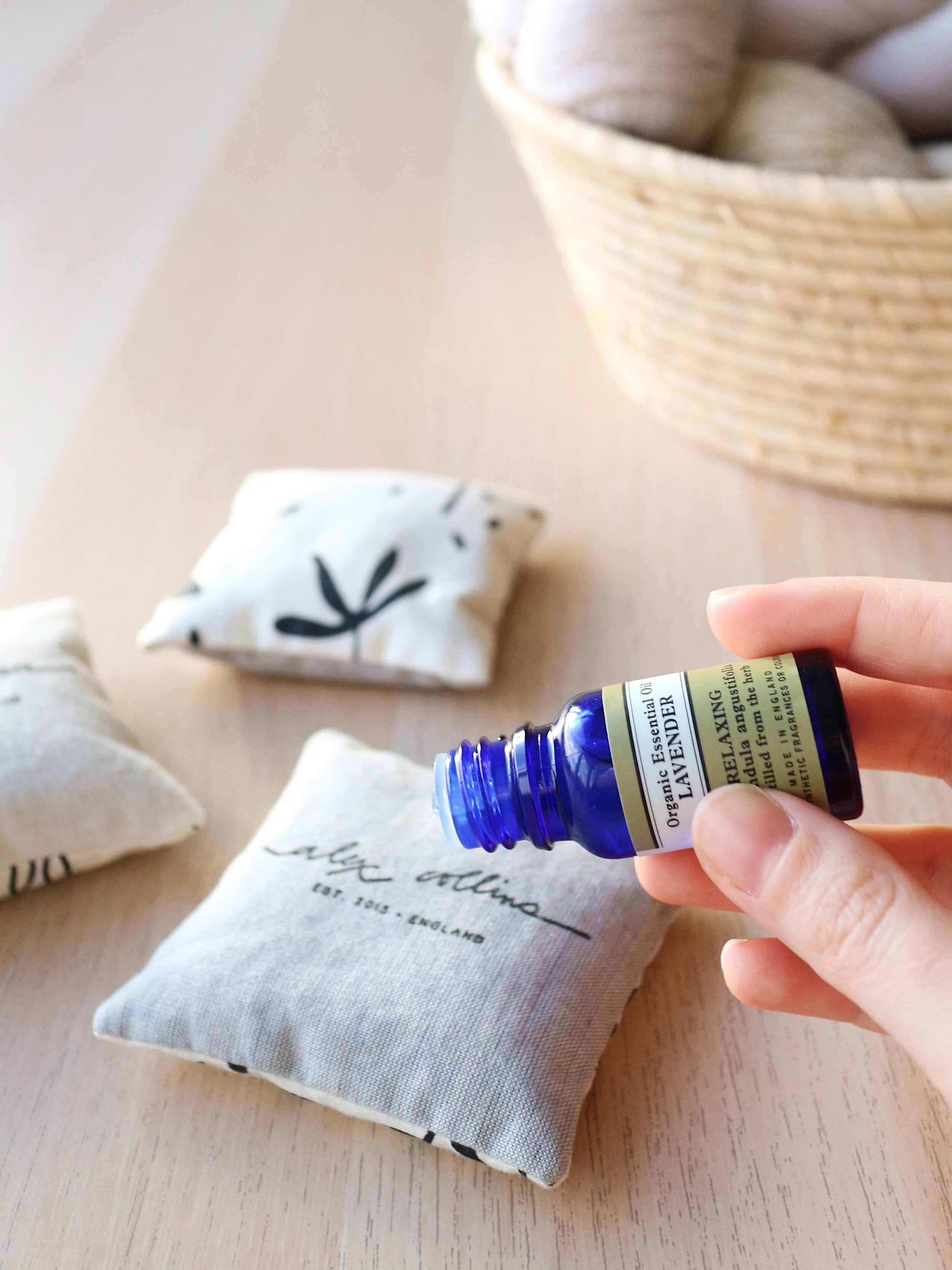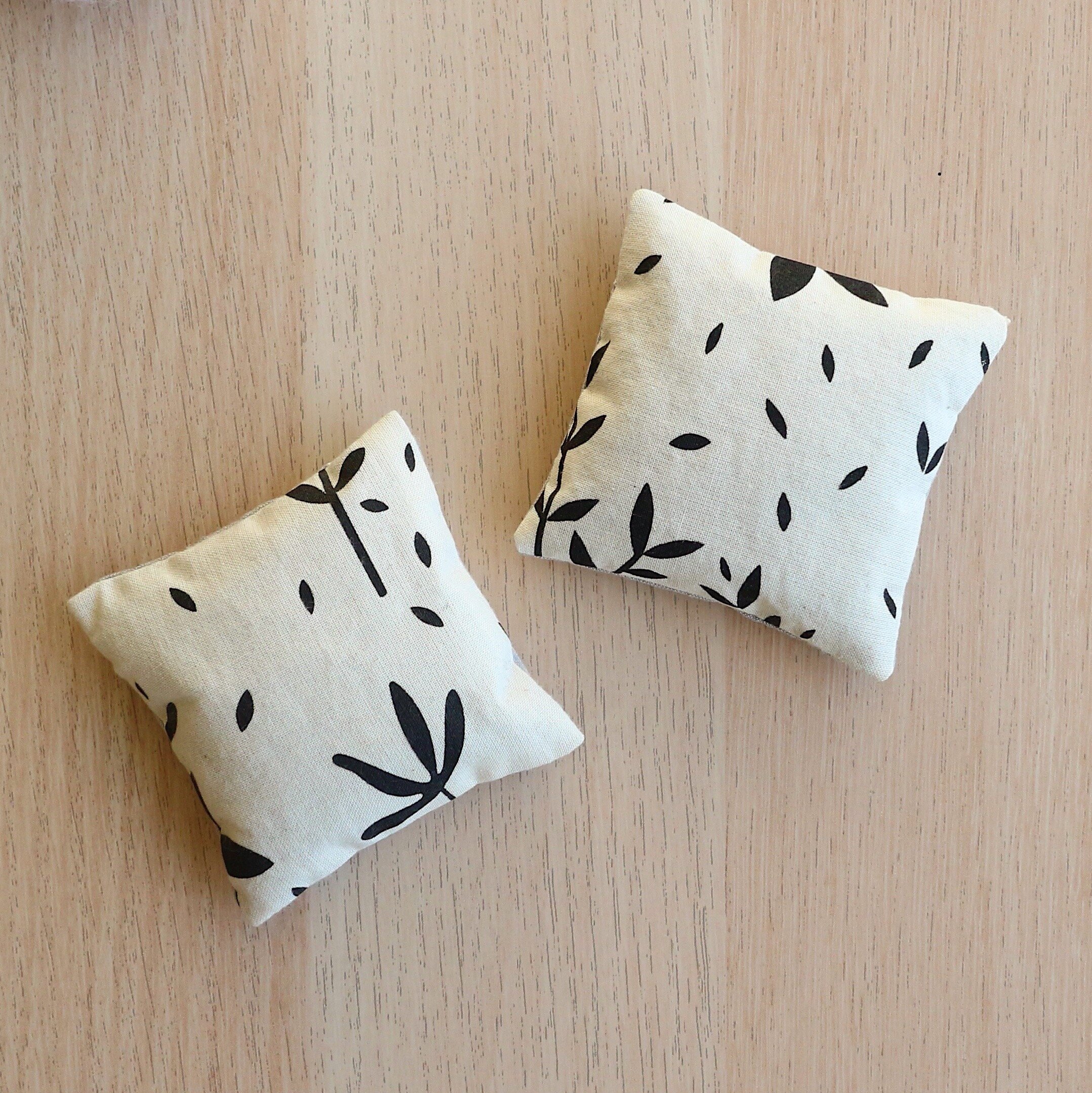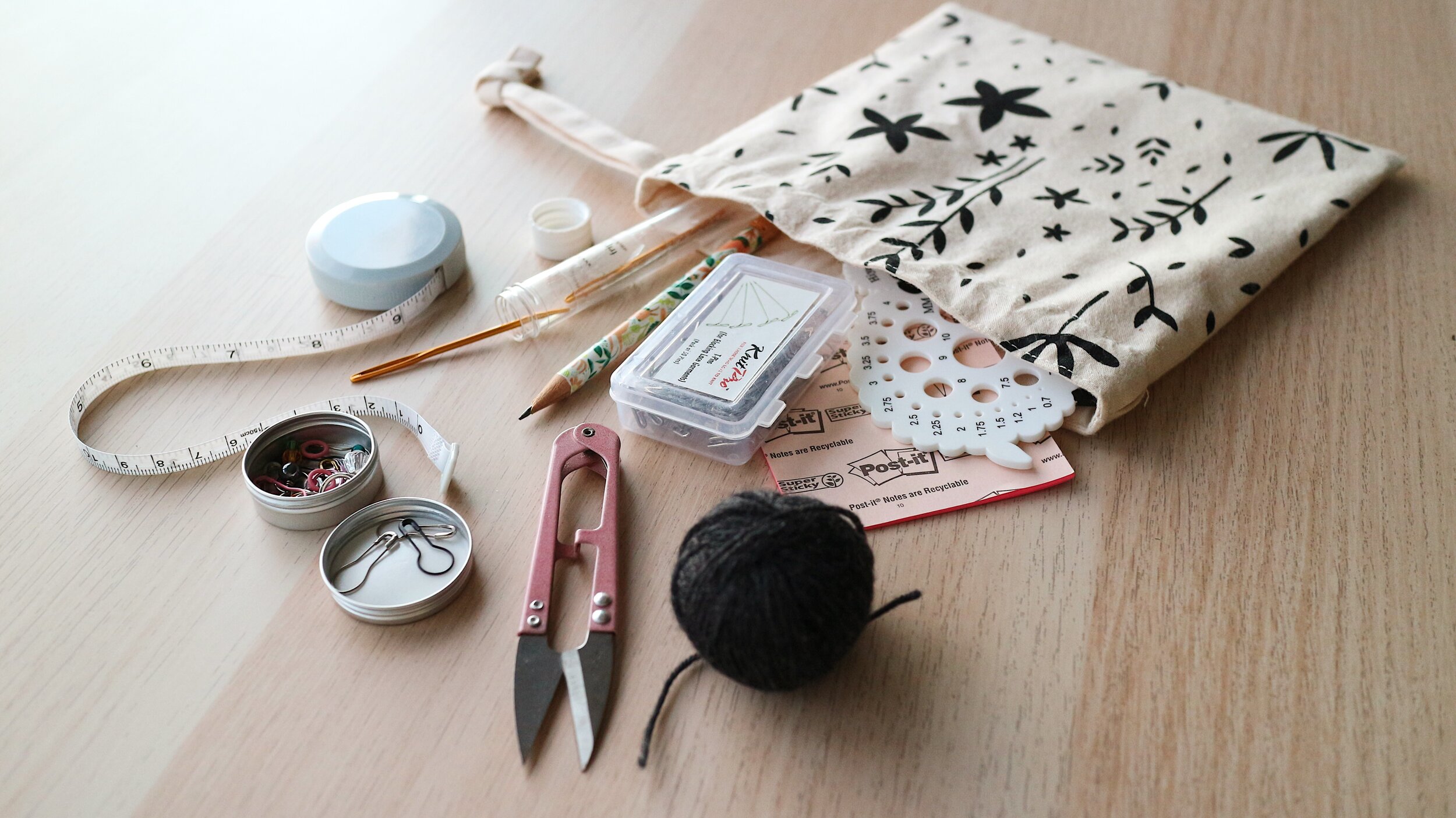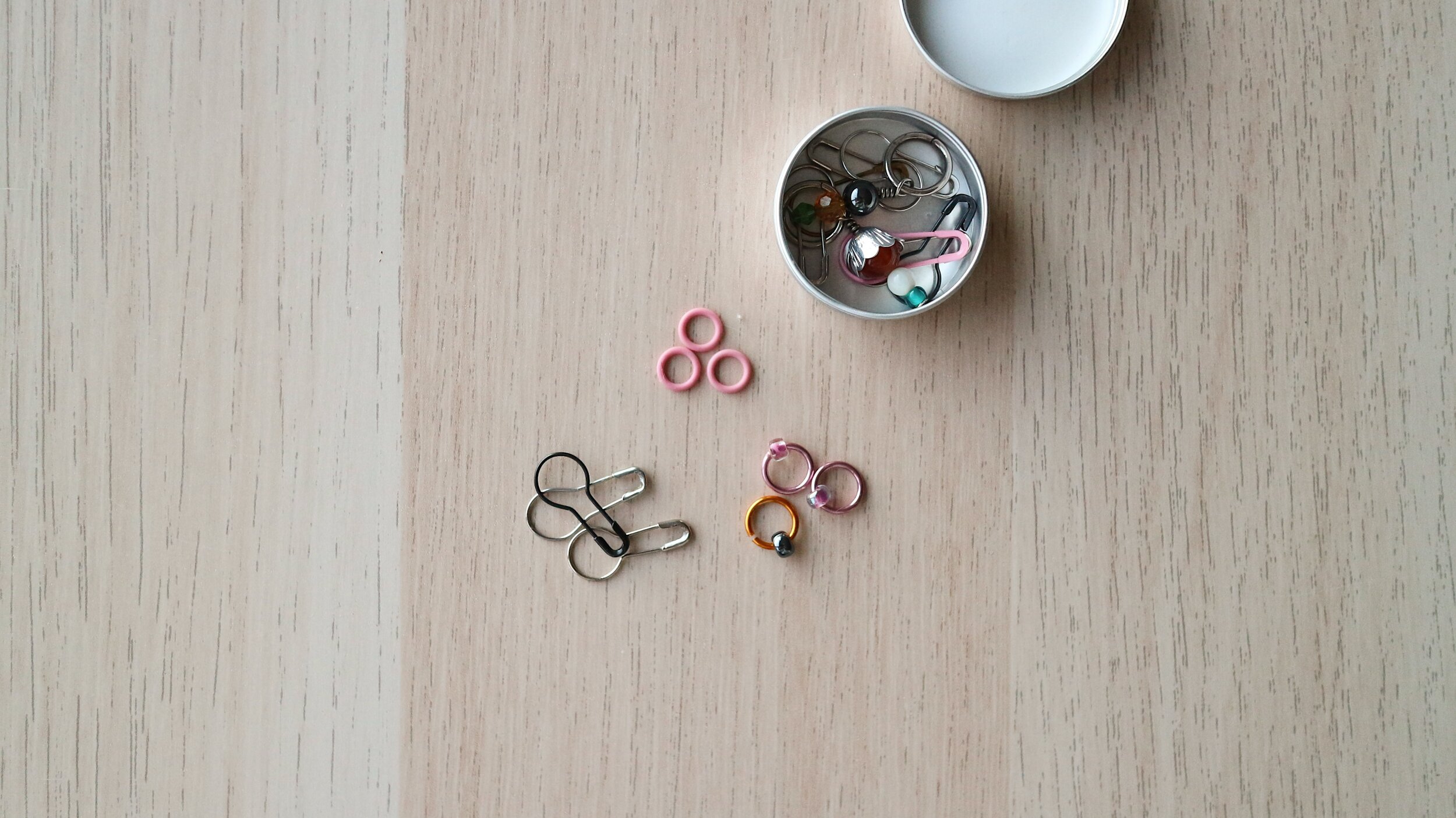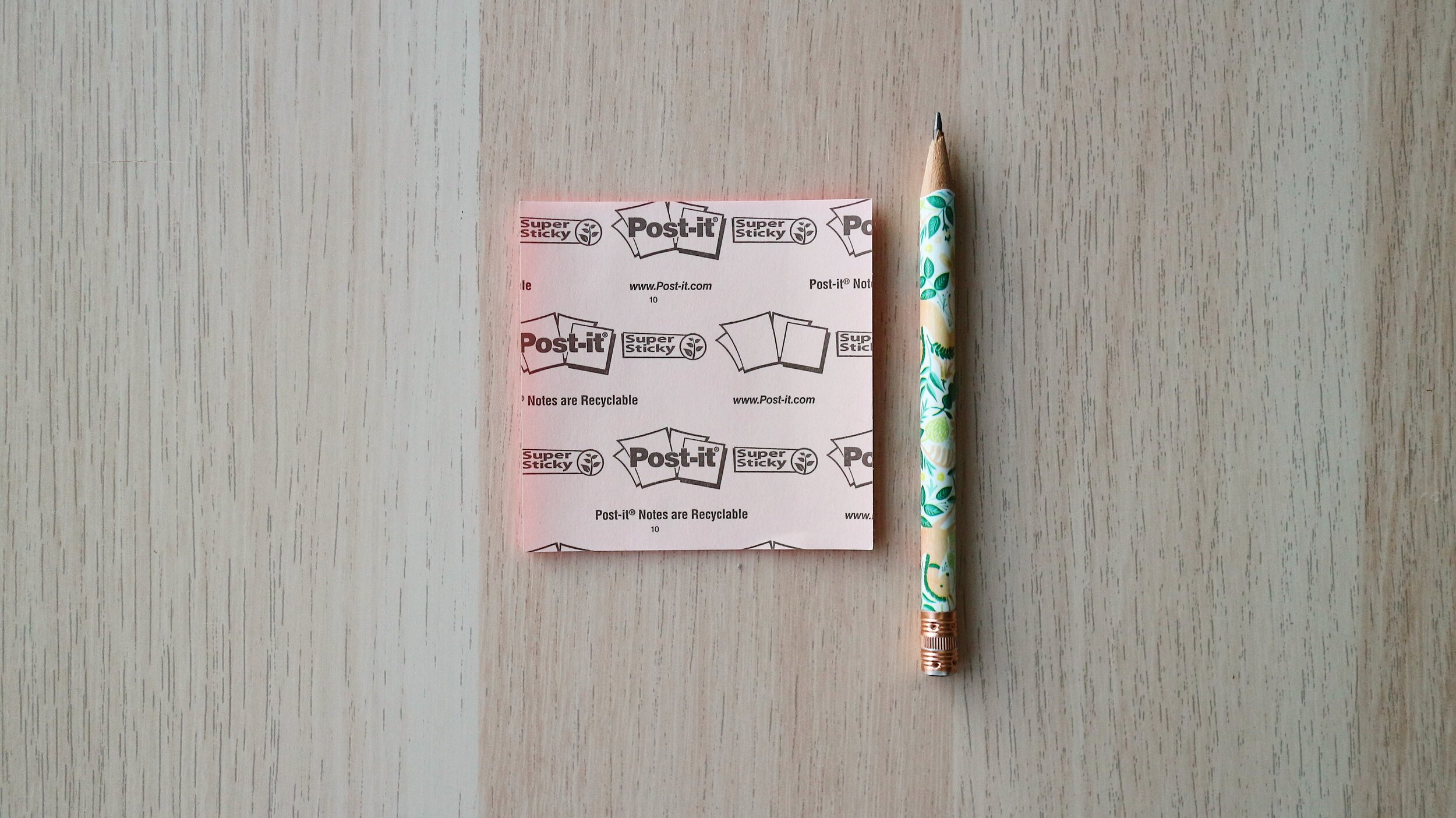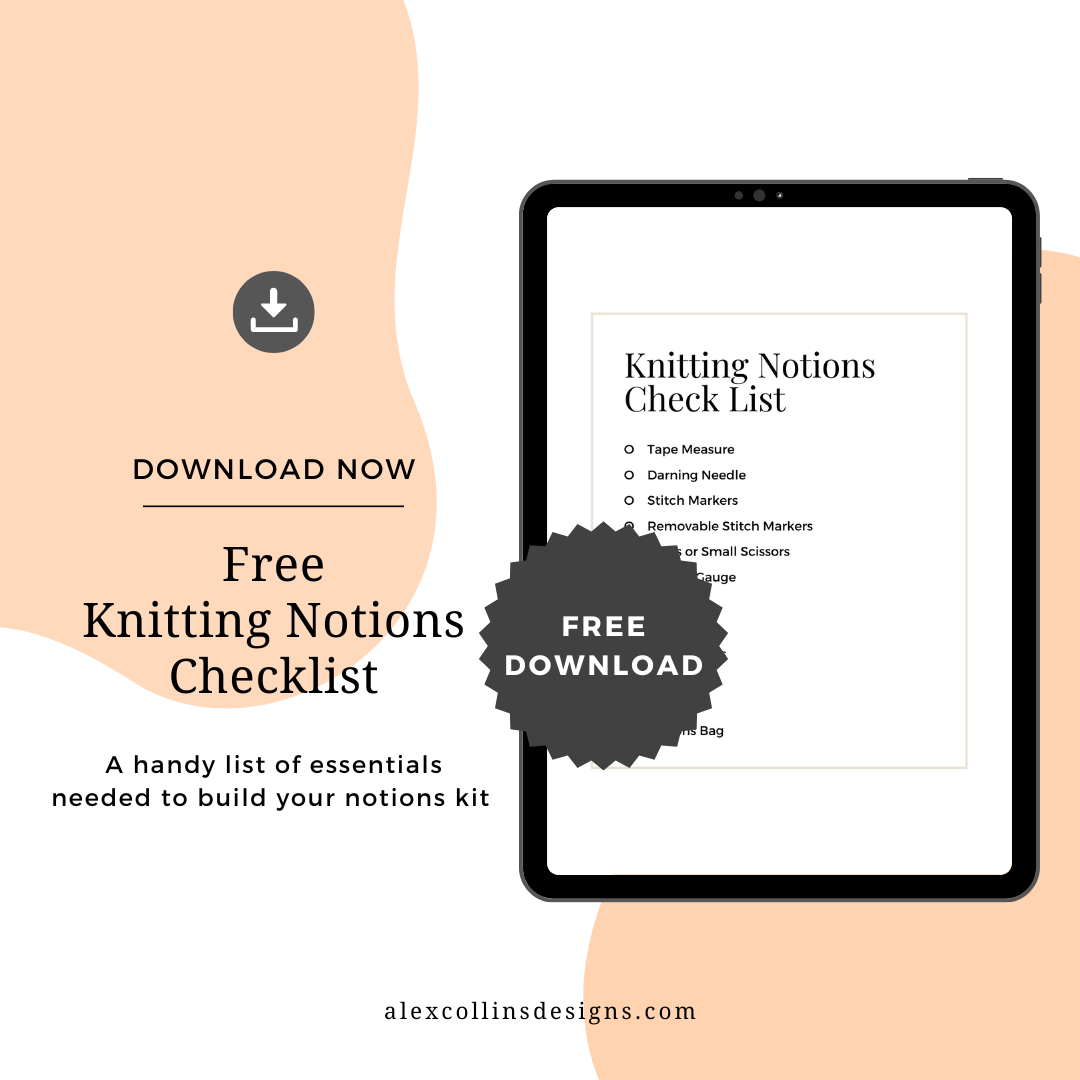Do you have a good system for keeping your knitting needles organised? I’ve recorded a quick 2-minute video showing how I organise my knitting needles using this needle case.
You'll see how fixed circulars, interchangeable tips and cables, DPN's, cable needles and crochet hooks can all be neatly stored in one place.
If you've been on the fence about investing in an Alex Collins Knitting Needle Case, I think this short video will help you decide if it’s the right case for you.
Storing Your Knitting Needles
I’ve seen several methods for storing needles. You can keep them in a binder or case with clear pockets, buy a rack with holes for DPN’s or thread fixed circulars through a hanging needle holder or organiser.
What’s great about using the case I’ve designed is you can safely store a variety of different needles and hooks all in one place.
The top flap keeps everything secure when the case is closed and it’s surprisingly compact considering the amount of needles it holds. It’s around 10” tall and 5” wide when closed.
🌟 It’s a game-changer…🌟
“I’ve been meaning to write to tell you how much I LOVE the needle case I ordered last month! The design is just perfect, and I’m amazed at how many sets of DPNs and circular needles I can fit in it! It’s been a game-changer for my needle storage and organization. Thank you!!”
How I Use The Knitting Needle Case
There are 12 small pockets which are perfectly sized for interchangeable tips, DPN’s, crochet hooks and cable needles. I like to keep smaller fixed circulars with long cables in the bottom pockets too.
All my chunky needles with shorter cables are kept in the top pockets. I’ve found that I can comfortably store 3 large needles in each of the 5” (12.75cm) wide pockets.
The cables for my interchangeable needles are stored in their original ziplock bags and they too fit perfectly in the wide top pockets.
TIP - Keep a needle gauge in one of the top pockets so it’s quick and easy to check the size of any needles without a clear marking.
Handmade with Organic Cotton
As with all the bags and accessories in my shop, the knitting needle cases are constructed using organic cotton. That includes the tie closure and an organic cotton interfacing.
Every needle case is finished by hand as I sew the binding using a slip stitch for a neat, clean finish even on the inside. My logo is then hand stamped in the top corner.
There are three prints available, each screen printed from one of my original drawings.

